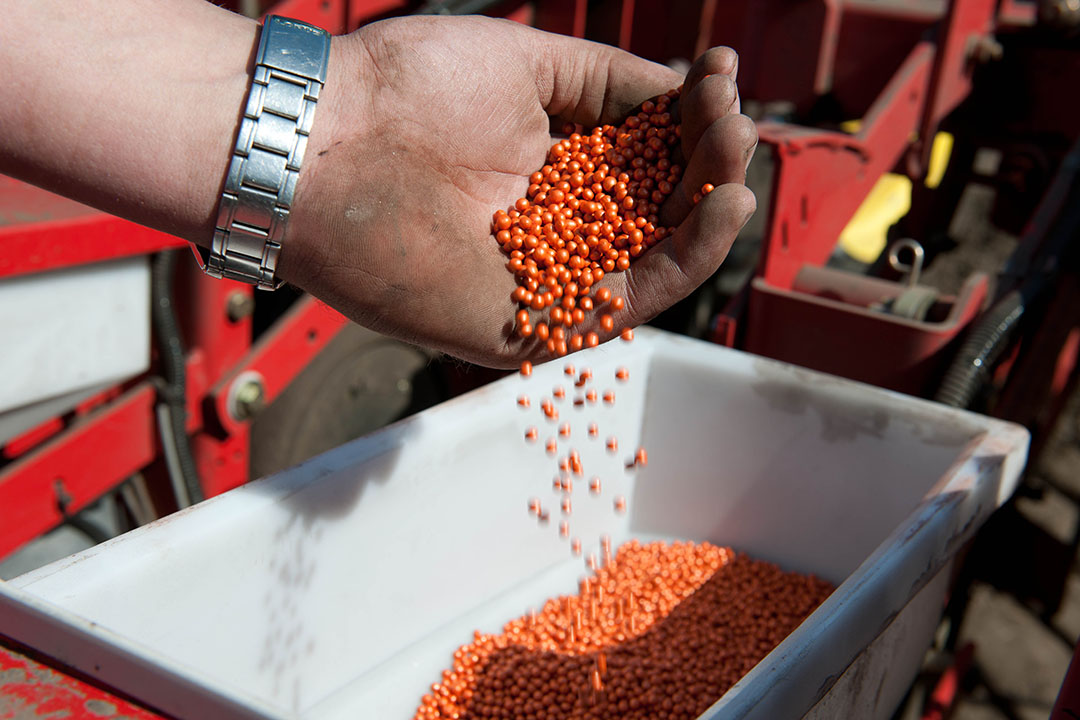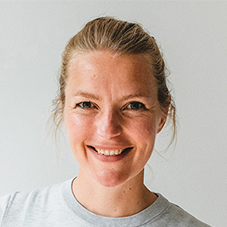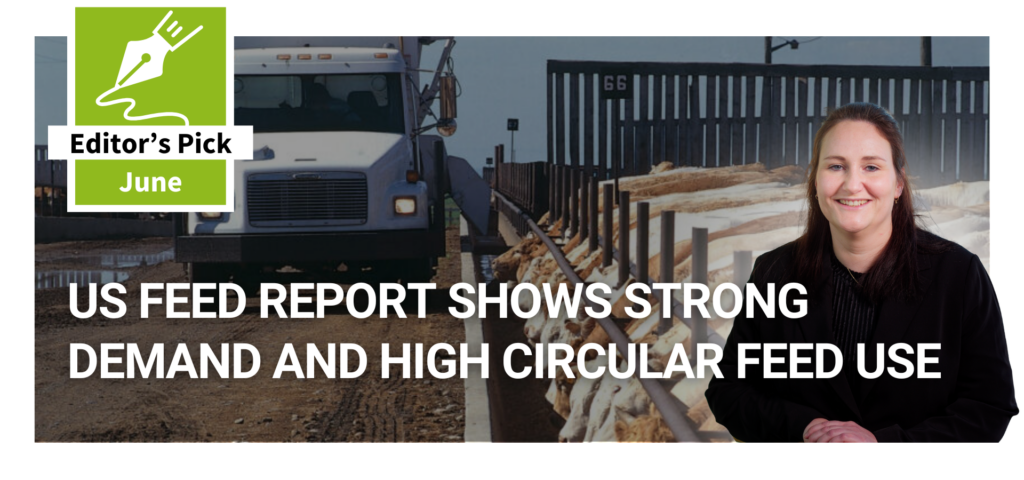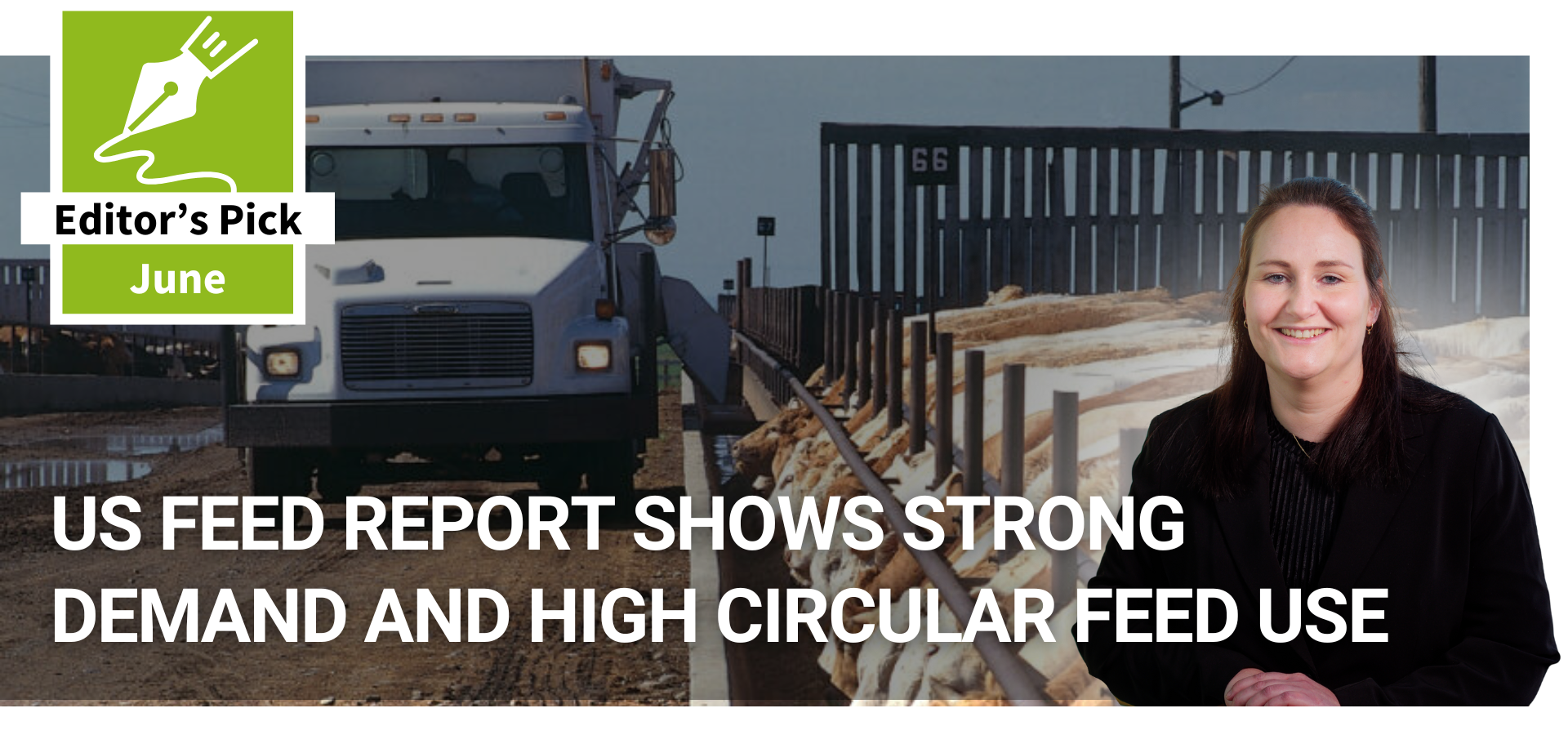Merger wave: Effect on crop seed prices

The global seed industry has been reshaped by several mergers over the last years. What does this mean for seed prices for farmers for example? Experts from the OECD found out.
Global agriculture faces the triple challenge of raising productivity while ensuring sustainability and improving resilience. To achieve these goals, innovation in the form of high-performing varieties is essential.
Seed used by farmers can come from 3 sources:
- Farm-saved seed
- Purchased seed derived from public plant breeding
- Purchased seed from the private sector
Over time, the importance of the private sector has grown and private-sector seed now dominates global markets, especially in high-income countries. The United States dominates the global see market with a market share of 27%, followed by China (22%) and France and Brazil (both 6%).
The big 6 reduced to 4
In the past 3 decades, a series of horizontal and non-horizontal mergers and acquisitions created the Big 6: Monsanto, Bayer, BASF, Syngenta, Dow and DuPont.
This consolidation has 2 main causes:
- High fixed costs, in particular for R&D, create pressure for ‘horizontal’ mergers that combine firms with activities in the same domains.
- Technological and commercial complementarities between seeds, GM technology, and crop protection chemicals. This has created incentives for “non-horizontal” mergers between companies active in these different domains.
The most recent merger wave reduced the Big 6 to 4 major firms.
- December 2015, Dow Chemical and DuPont announced their intention to merge, with the merger officially completed in September 2017.
- Only a few months earlier, the Chinese state owned enterprise ChemChina acquired Syngenta, after Syngenta had rejected an earlier bid from Monsanto.
- In September 2016, Bayer announced a bid to acquire Monsanto. After receiving regulatory approvals, the merger was officially completed in June 2018, creating the world’s largest agro-chemical, seed and biotechnology firm.
Effects of the merger wave
Increasing concentration in seed markets leads to 3 potential concerns:
- Will increased concentration lead to higher seed prices for farmers?
- Will consolidation reduce innovation and R&D in the seed industry?
- Will consolidation reduce the number of choices farmers have when choosing varieties?
This is why the Organisation for Economic Co-operation and Development (OECD) took a closer look at the major recent mergers in the seed industry to see if increased market concentration is leading to reduced competition, higher prices and lower innovation. The results were published in an extensive report called: Concentration in seed markets: Potential Effects and Policy Responses.
Strong market concentration for GM
Regionally, North America is the largest market with an estimated one-third of the global seed market by value. Of an estimated US$ 52 billion in 2014, almost 40% is made up of maize and an additional 14% of soybeans. OECD found that the concentration in seed markets varies considerably across different crops and countries. Concentration tends to be higher in seed markets for sugar beet, cotton, sunflower, maize, and rapeseed, but lower for potato, soybean, and wheat and barley. Regional firms often play important roles in seed markets. So far, there does not appear to be a clear negative effect of market concentration on either prices or innovation.
Globally, 78% of the area planted with‘soybeans uses GM varieties (plants that have herbicide tolerance or insect resistance). For the GM market, concentration is much higher than for seed itself and this market is dominated almost exclusively by large multinationals. Traits owned by Monsanto are particularly prominent, especially in markets where fewer GM crops have been approved. On the other hand, data on patents for CRISPR-Cas9 suggest this new technology is mostly dominated by academic institutes, with some presence of DowDuPont but without a strong position for the other multinational firms.
What should policy makers do?
In addition to competition policy, 3 broad categories of complementary policy options exist to stimulate competition and innovation in the industry.
- While a sound regulatory framework is necessary to ensure markets function properly, regulation may also inadvertently create transaction costs and barriers to entry, which could in turn contribute to higher levels of market concentration. Policy makers should therefore avoid unnecessary regulatory barriers to entry. This is of particular importance given the emergence of new plant breeding techniques potentially accessible to smaller enterprises.
- Successful innovation depends on access to genetic resources as well as intellectual property. Policy makers should ensure that plant breeders have access to these necessary inputs, for instance by supporting efficient procedures for accessing genetic materials and by facilitating efficient licensing of intellectual property.
- Policy makers can stimulate both public and private R&D. The public sector historically played an important role in plant breeding, and still continues to do so in many countries. However, as private-sector investment is growing, the public sector can evolve towards more fundamental research, where the private sector typically underinvests. Policy makers can also stimulate private R&D through public-private partnerships, for instance by providing matching funds.
Good data needed for debate
Next to an insight in the global seed market, this study also underlines the importance of having precise data in order to discuss issues of market concentration. According to the authors, the highly aggregate estimates of market concentration, which have been cited in the public debate, present a misleading picture and are not useful for policy makers in view of the important variations by crop and by country.











